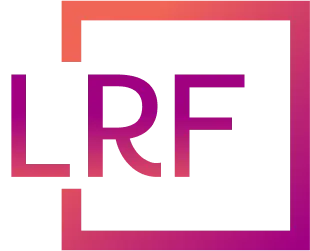
Using participatory design to help the swedish church.
Context – Course project at university, collaboration with act Swedish church, using participatory design.
Challenge – act Swedish church needed a better way to share individuals’ stories between personell abroad and the marketing department in Sweden to be able to fundraise more money for their aids activities.
My role – Workshop facilitation, creating graphical elements in prototype.
Project Time – 10 weeks.
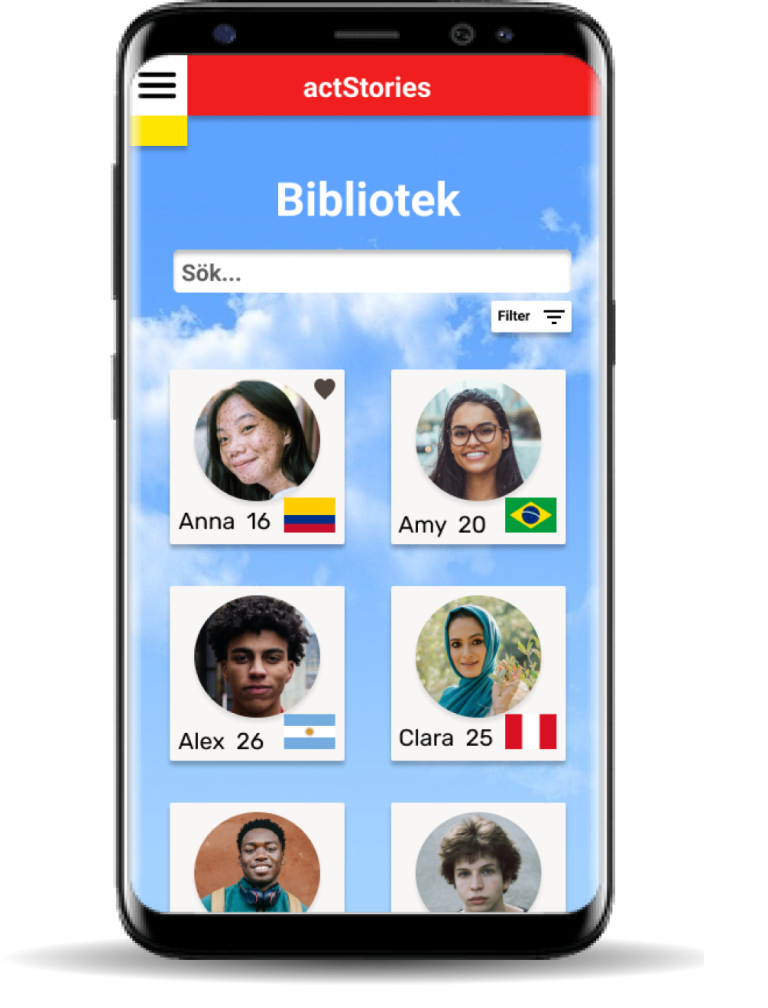
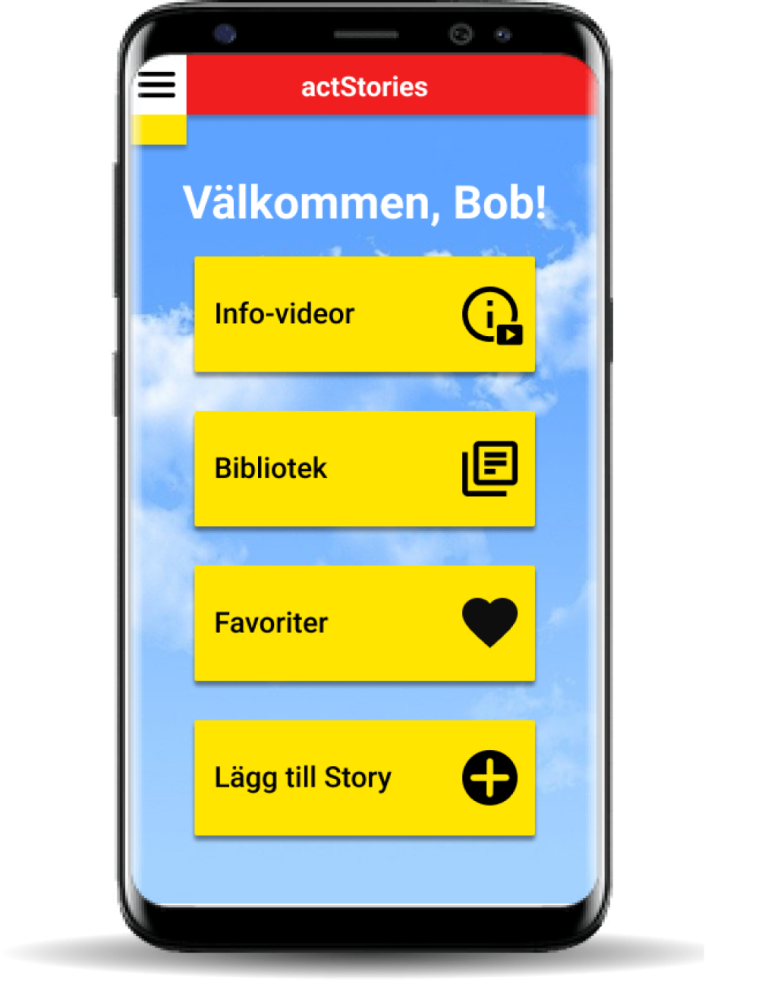
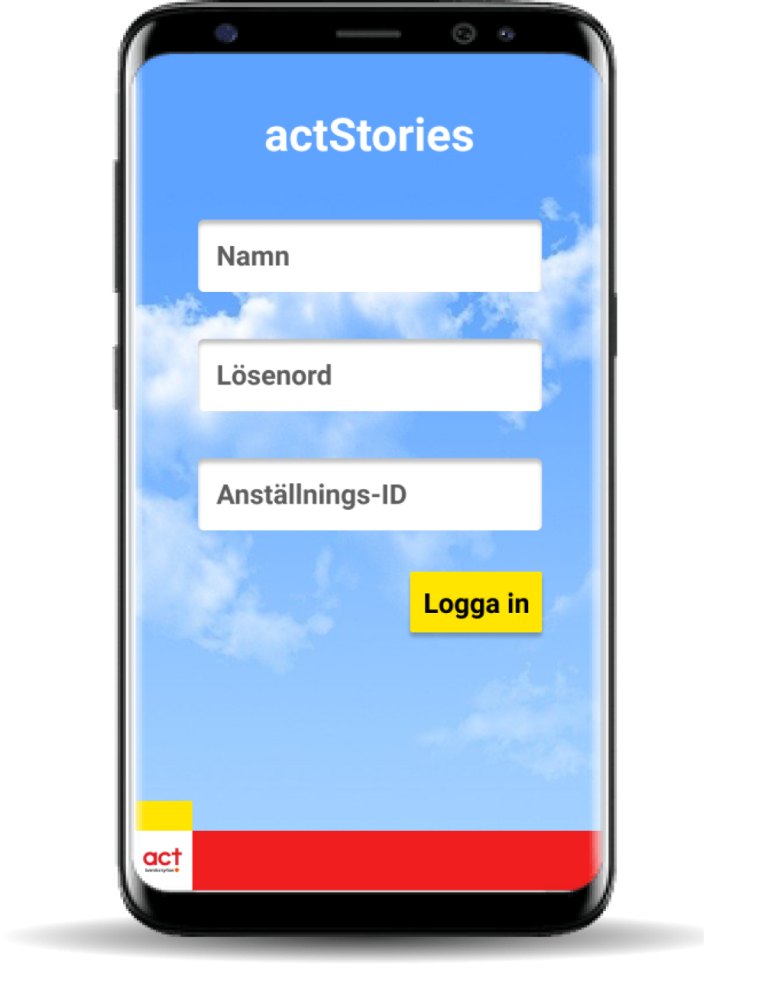
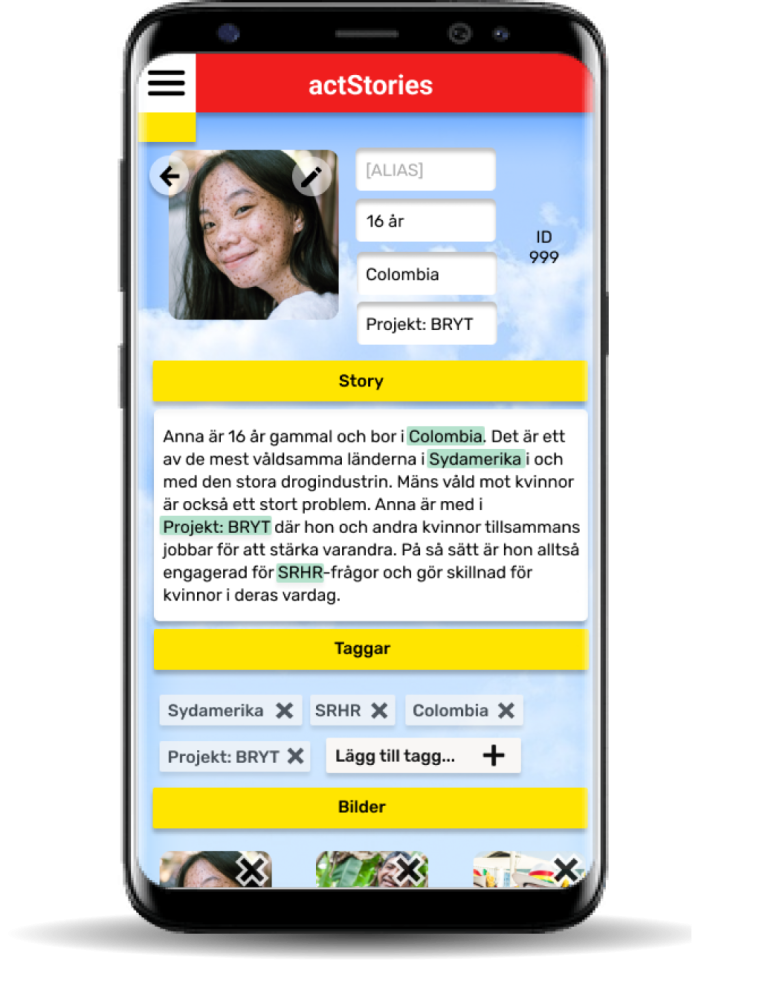
What is actStories?
How do you share someone’s life story…? actStories is a prototype created for act Svenska kyrkan to simplify the process of gathering stories from citizens abroad, and streamline the communication process between the PR-team and the on-site employees to more efficiently create marketing campaigns in Sweden to help their humanitarian work abroad.
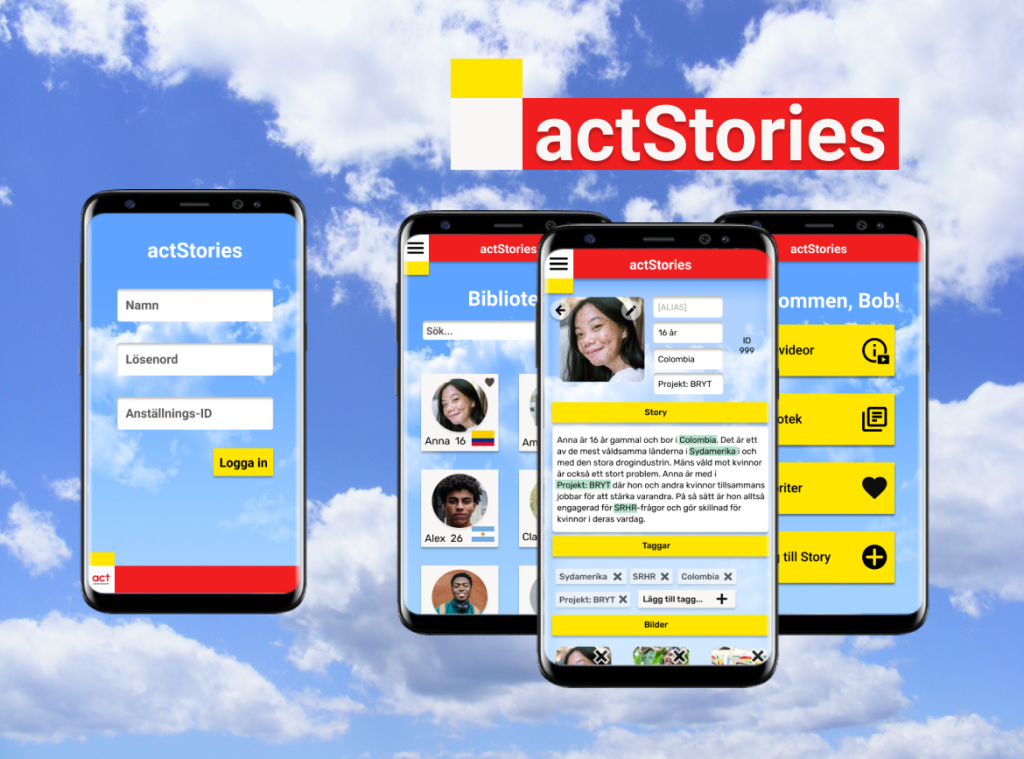
A few design questions were 🧠...
1. How do you easily collect someone’s story when you’re traveling abroad?
2. How do you collect GDPR consent from someone who might not be able to write or read?
3. How do you easily share someone’s story with the PR team in Sweden?
Goals
The goal of the project was to create a design using participatory design principles, where the design situation was grounded in two of the UN’s global sustainability goals. The design group would collaborate with stakeholders and develop a prototype that promoted the UN goals, while also having the chosen target group’s needs in mind.The stakeholders that the project group collaborated with were four employees from act Svenska kyrkan.
act Svenska kyrkan is the Church of Sweden’s aid organization, and their main goal was to collect donations from people in Sweden and then use that aid for the people needing it in other countries. By sharing vulnerable people’s stories in other countries, act could generate awareness about their situations and get more people to donate to their cause. The prototype itself was supposed to act as a collection of the different people’s stories around the world that had been gathered by the employees from act. That material could then be used by the communication and marketing team in Sweden for their advertising asking for donations.
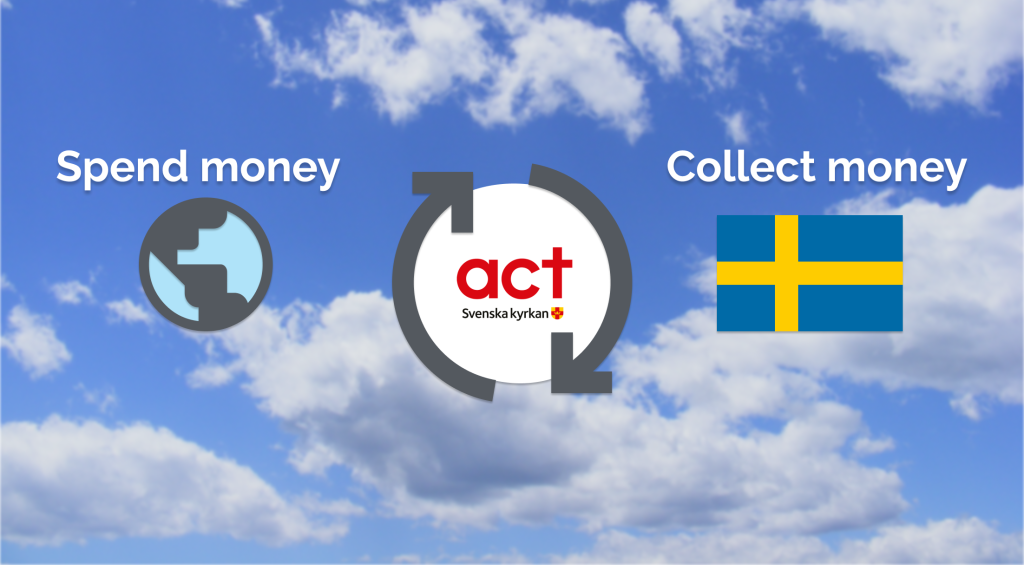
Process
The iterative designprocess with the stakeholders were divided into four parts:
– Contextual exploration
– Future workshop
– Prototyping with stakeholders
– Valuation of prototype with stakeholders
During this project, I facilitated the workshop concerning the valuation of the prototype with the stakeholders. This was the last design activity we had with the stakeholders before the final prototype was made. In that session we tested the prototype’s look and feel, and had the stakeholders try two prototypes while they thought out loud and gave us feedback.
I found working directly with the stakeholders very rewarding as I learnt how to involve stakeholders in the design process and how valuable it is to incorporate their feedback and ideas back into the design
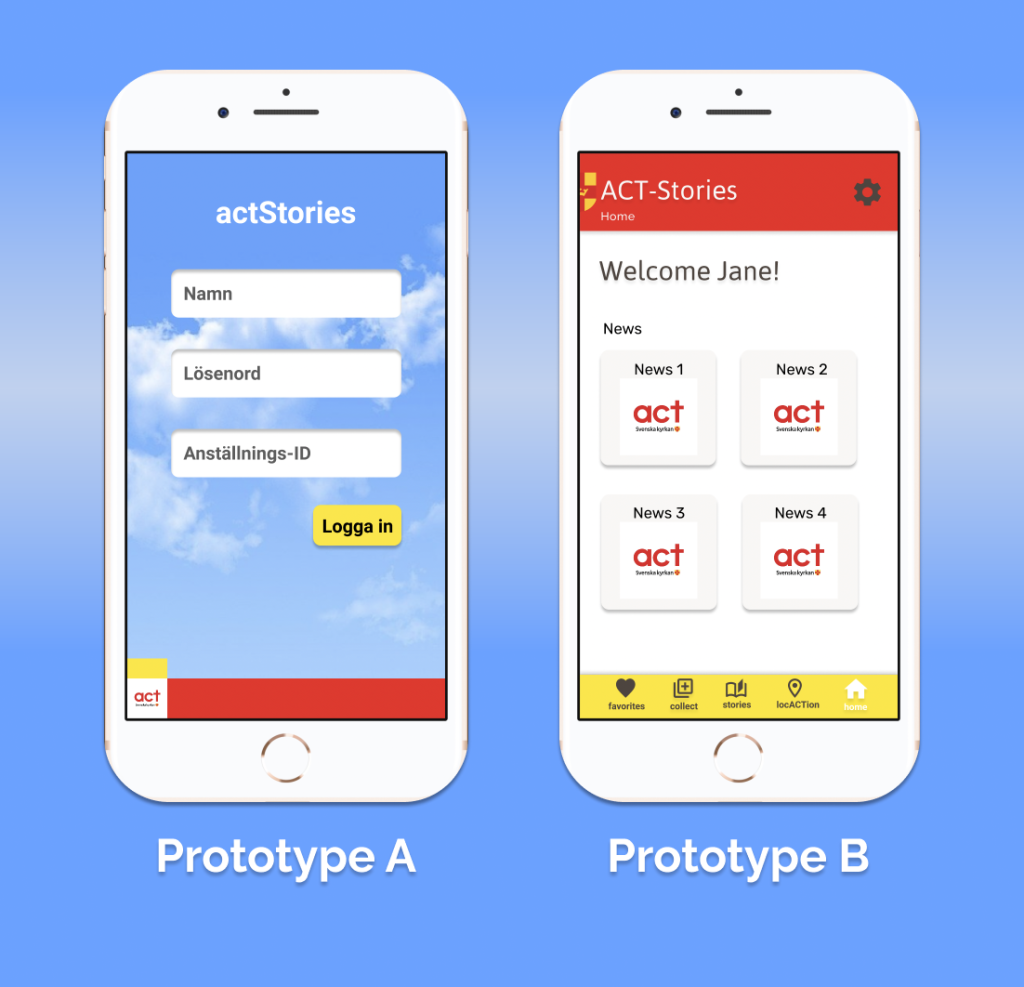
Result
After collaborating with the stakeholders, a final prototype was developed in Figma. In this prototype, I had the main responsibility to design the look of the library page and the individual profile pages. This was very fun, as I got to work on the graphical parts of the design, and work with components and assets in Figma. Working graphically is something that I find very rewarding and it’s a skill I want to continue to develop as a designer.
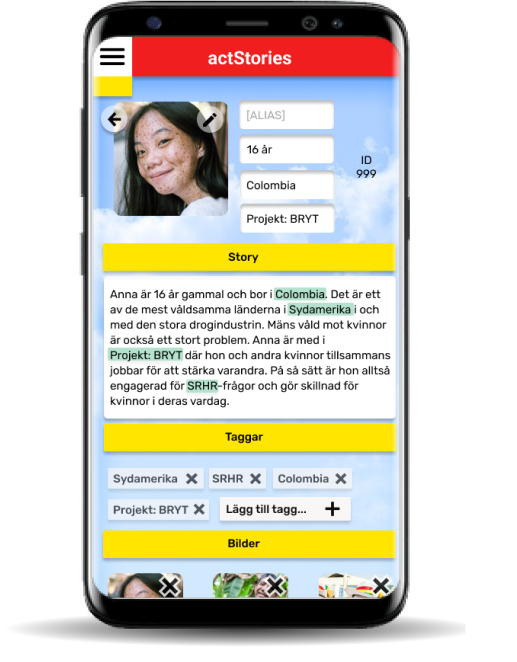
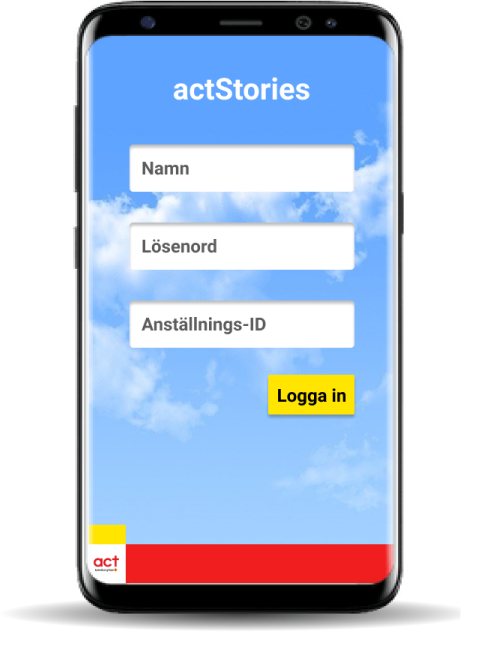
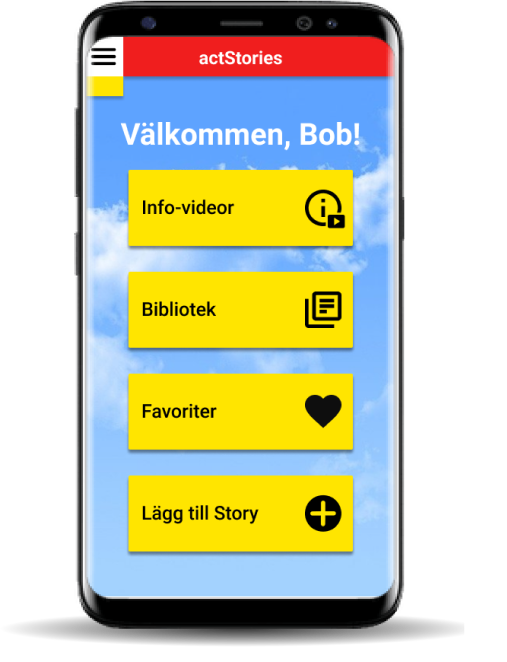
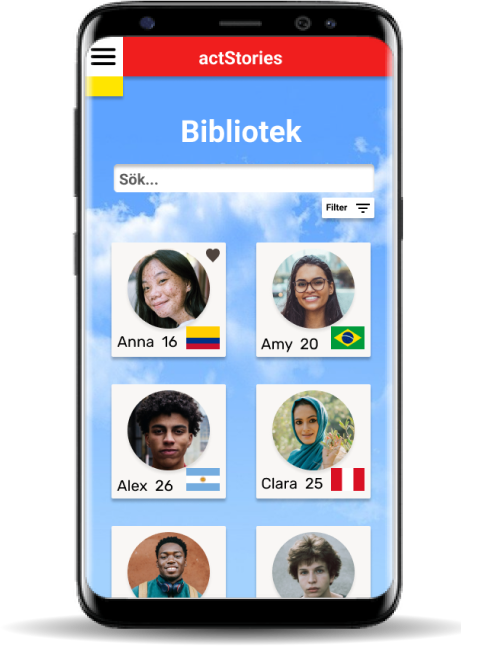
Next steps?
The next step for actStories would be to test the prototype with the intended users to see how it would act in it’s intended context. Both to understand if the users’ needs are met, but also if the design itself has a good quality of usability. Another thing that I would do (if there was recourses for it) would be to consult a legal department to make sure that the design would have the correct and legal scope that it would need in a real enviroment.
As with every design, iterations are needed, and more steps would have to be taken before it could be implemented.

